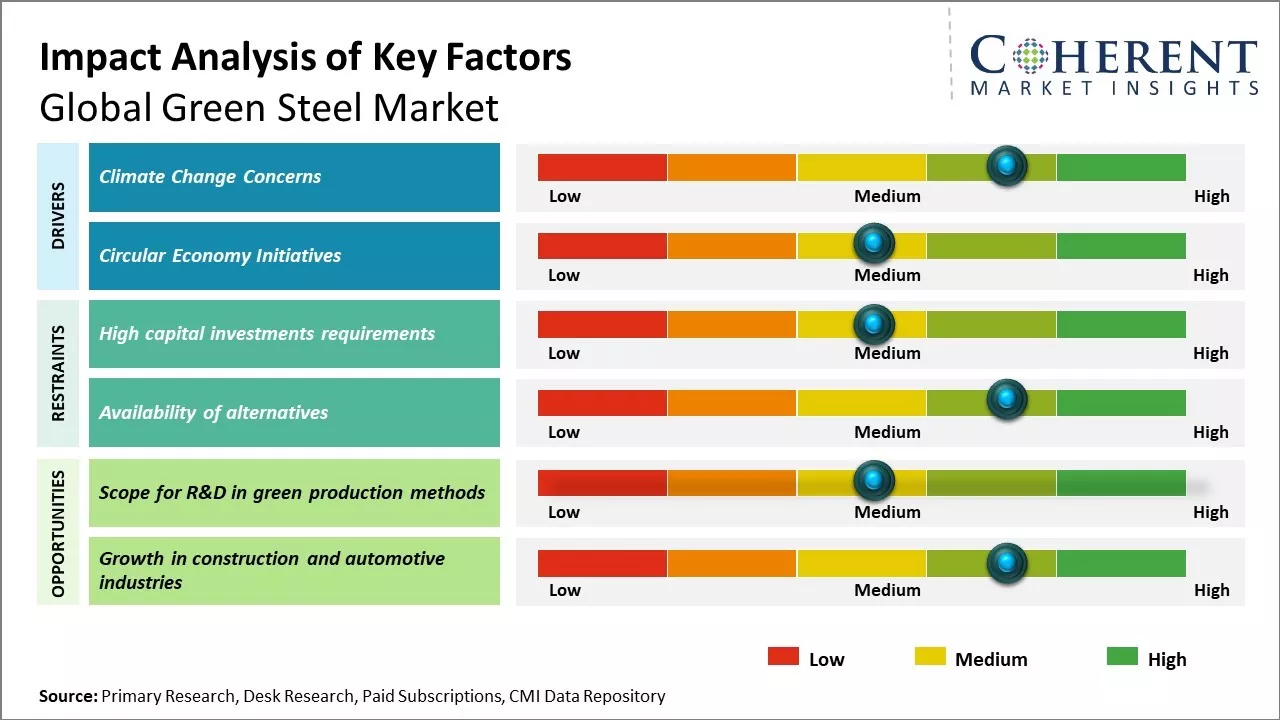The global green steel market is estimated to be valued at USD 6.95 Bn in 2025 and is expected to reach USD 189.82 Bn by 2032, exhibiting a compound annual growth rate (CAGR) of 60.4% from 2025 to 2032.

To learn more about this report, Request sample copy
Green steel production is expected to grow significantly over the next decade driven by increasing environmental regulations and focus on reducing carbon emissions globally. Many countries have committed to achieve net zero emissions by 2050 which will require industries like steel to transition to greener production methods. Major steel companies are investing heavily in transitioning their existing plants and building new facilities that utilize low carbon technologies like hydrogen reduction or electrical arc furnaces powered by renewable energy. Governments around the world are also supporting green steel development through policy push and public funding to make green steel competitive against conventional steel production.
Climate Change Concerns
Rising environmental awareness and the imminent threat of climate change has put the spotlight on reducing carbon emissions across major industries. The iron and steel sector is under immense pressure to lower its carbon footprint and transition to greener practices given its role as one of the most polluting industries in the world. Steel manufacturing relies heavily on coal and is responsible for nearly 10% of direct carbon emissions globally. As governments and regulatory bodies implement stringent policies and regulations to achieve net-zero emission targets over the coming decades, steel producers are exploring new production methods and technologies to produce steel in an environmentally sustainable manner.
Green steel offerings, produced using low-carbon methods such as electric arc furnaces powered by renewable energy or hydrogen direct reduction processes, present an opportunity for steelmakers to reduce their carbon footprint substantially and align their operations with sustainability goals. While green steel production is currently more expensive than traditional methods, the costs are expected to decline significantly with greater investments in research and ramping up production capacities. Major steel consuming industries are also expressing a strong preference for low-carbon steel variants to lower the carbon footprint of their own products. With sustainability becoming a key differentiator, the market demand for green steel variants from the construction, automotive, and manufacturing sectors is expected to grow considerably over the long run.
Joining thousands of companies around the world committed to making the Excellent Business Solutions.
View All Our Clients